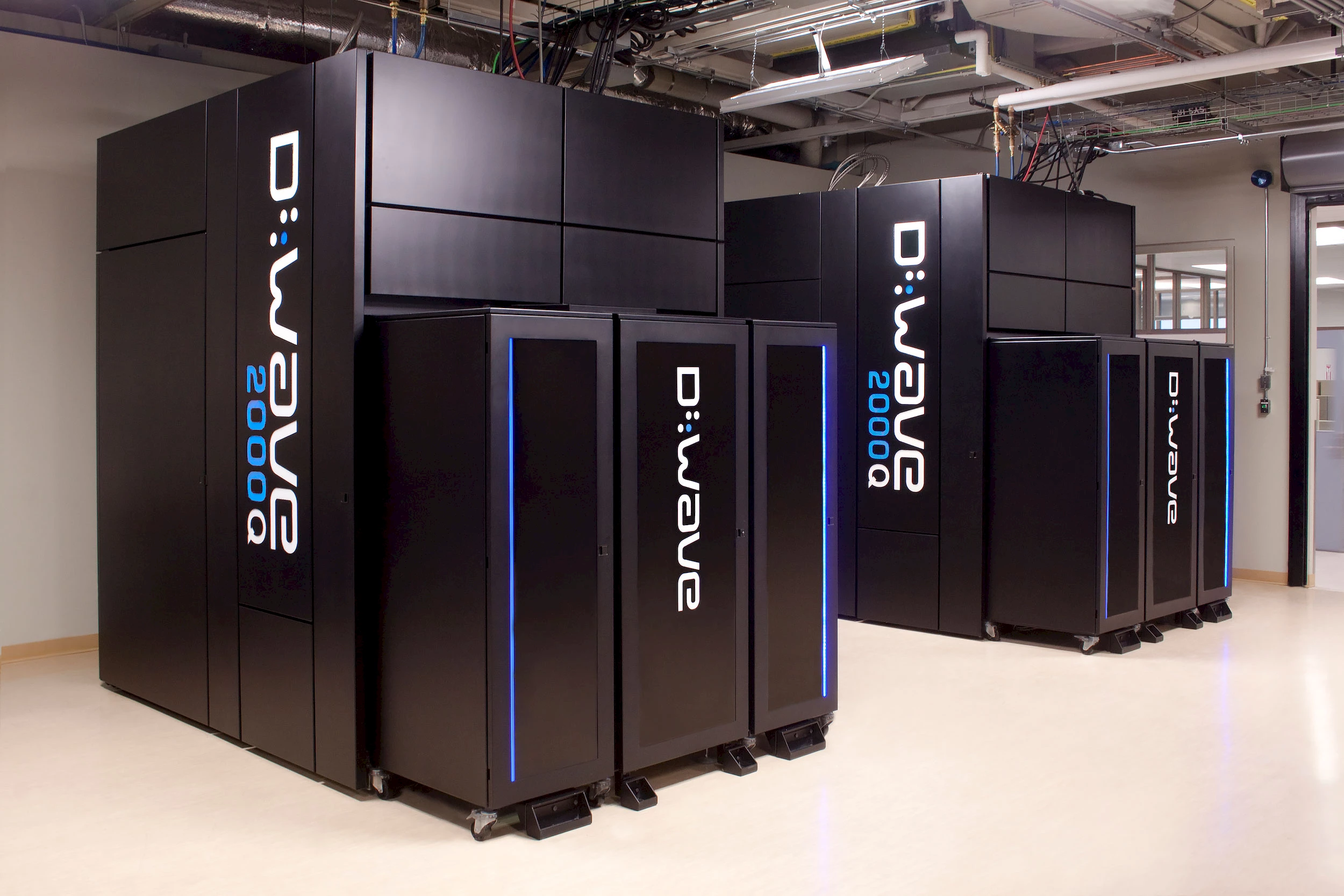Quantum computing supporting automobile use

The answer lies in quantum computing. To address the problem, the German carmaker Volkswagen, which has a strong presence in China, has teamed up with the Canadian quantum computing company D-Wave Systems, based in Burnaby, B.C.
What is quantum computing?
What exactly is quantum computing, and what are its current applications? Shortly after his government came to power, Prime Minister Justin Trudeau famously provided a basic “impromptu” explanation of quantum computing during a press conference. Even for experts, it’s complicated!
“Conventional” computing is predicated on a binary environment, where zeros and ones are coded into bits, whereas quantum computing capitalizes on the physical possibilities of matter, such as superposition and entanglement, to perform operations on several states of matter at once. This means that quantum computers can process much more information simultaneously, and thus solve problems that are infinitely more complex. That’s the theory, at any rate!
Beijing’s traffic problem
Through their cooperation, Volkswagen and D-Wave Systems have an ambitious goal: to lay the foundation for the future. And they have their work cut out for them! In the case of car ridership, artificial intelligence is required to analyze masses of data in real time to propose optimal solutions in a constantly evolving situation.

Cars are stuck in heavy traffic in Beijing Central Business District. © iStock.
Volkswagen engineers based in the company’s San Francisco and Munich labs, in partnership with the Burnaby team, will be testing algorithms to optimize travel times and distribution of public taxis throughout Beijing. Thanks to quantum computing, this megadata can be processed and analyzed, whereas even the most powerful traditional supercomputers would be unable to handle the sheer number of variables involved.
The solution to this specific problem, which concerns one particular aspect of one particular city, could be expanded and applied to broader fields. The goal of the partnership is to create applications that simply can’t be programmed traditionally, allowing VW to develop its digital competence for the future and D-Wave Systems to test the applications of its quantum computer.
The IT of the future
Martin Hoffman, CIO of Volkswagen Group, explains the difference in performance between quantum computing and current technologies in solving complex problems: “Conventional high-performance computers (HPCs) may take 30 to 45 minutes to produce results that a quantum computer can deliver in three seconds. HPCs are far too slow. Within 30 minutes, the traffic jam would have already formed.”
According to Hoffman, “Quantum computing technology can bring tremendous progress to Volkswagen with respect to all the key IT and digitization topics of the future. We expect a wide range of application possibilities, especially in the areas of autonomous driving, artificial intelligence-supported process control, the smart factory, machine learning and intelligent mobility.”
—
To learn more about quantum computing technology: “Quantum computing 101”.
